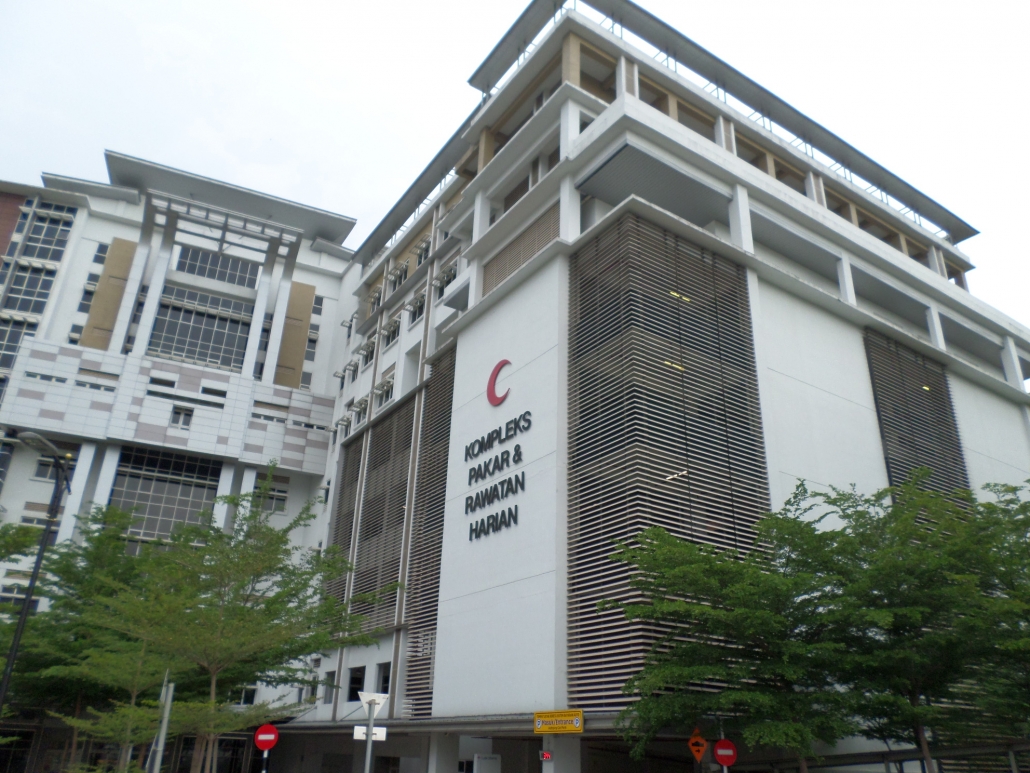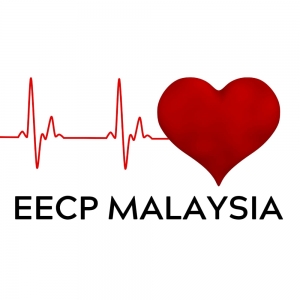Unveiling the Potential of EECP: Why Malaysian Hospitals Should Recommend It

Hospitals in Malaysia play a critical role in delivering high-quality healthcare services. However, Enhanced External Counterpulsation (EECP) therapy, an innovative treatment option, remains underutilized. Despite its proven effectiveness and growing international recognition, many Malaysian hospitals have yet to fully embrace and recommend EECP. This article explores the reasons behind this hesitation and sheds light on the immense potential of EECP in improving cardiovascular care in Malaysia.
The Benefits of EECP Therapy
EECP therapy provides numerous advantages for patients with cardiovascular conditions. It is a non-invasive treatment option that has consistently shown positive outcomes, including angina relief, improved exercise tolerance, and enhanced quality of life. Moreover, compared to invasive procedures like angioplasty or bypass surgery, EECP therapy carries minimal risks and side effects. It is well-tolerated by patients, even those with advanced age or underlying health conditions.
International Recognition and Research
EECP therapy has gained recognition and acceptance worldwide, with established protocols and guidelines in leading medical institutions across the United States, Europe, and Asia. These institutions have integrated EECP into their cardiovascular care protocols, highlighting its efficacy and safety. Additionally, a substantial body of scientific research, encompassing clinical trials, meta-analyses, and observational studies, consistently supports the positive outcomes associated with EECP therapy in various cardiovascular conditions.
Dispelling Misconceptions
Misconceptions and lack of awareness may contribute to the limited recommendation of EECP therapy in Malaysian hospitals. Addressing doubts and misunderstandings through comprehensive education and knowledge sharing is crucial. Emphasizing the positive outcomes, safety profile, and international recognition of EECP can help dispel concerns and encourage healthcare providers to consider EECP as a viable treatment option.
Cost-Effectiveness and Accessibility
EECP therapy offers a cost-effective alternative to invasive procedures and long-term medication management. Its minimal equipment requirements and non-invasive nature enable outpatient delivery, reducing the burden on hospital resources. Furthermore, the non-invasive nature of EECP allows for repeated sessions, making it a convenient and accessible treatment option for patients.
Promoting EECP in Malaysian Hospitals
To promote the recommendation of EECP therapy in Malaysian hospitals, collaboration among healthcare professionals, policymakers, and the medical community is vital. Organizing continuous medical education programs, workshops, and conferences can raise awareness about EECP and its benefits. Encouraging research initiatives and supporting local studies on the efficacy of EECP therapy in the Malaysian population will further strengthen the evidence base and instill confidence in healthcare providers.
Conclusion
EECP therapy holds significant potential for improving cardiovascular care in Malaysia. Recognizing its proven effectiveness, safety profile, and international recognition, Malaysian hospitals can expand their treatment options and provide patients with a non-invasive, cost-effective alternative. Overcoming misconceptions, increasing awareness, and fostering collaboration among healthcare professionals will contribute to the integration of EECP therapy into mainstream cardiovascular care in Malaysia. Embracing EECP can ultimately lead to improved patient outcomes, enhanced quality of life, and a positive transformation in managing cardiovascular diseases.


